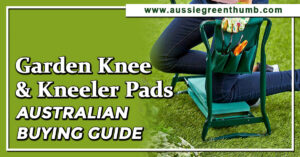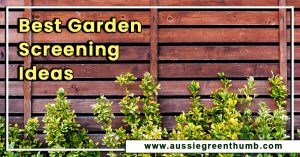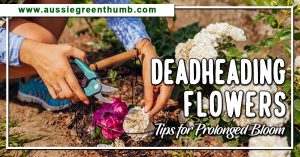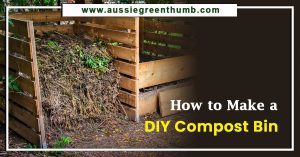Straw mulch is gaining in popularity, certainly amongst gardeners in my gardening zone. As an alternative mulch it’s becoming cheaper, more available and far easier to apply to garden beds. But, like most mulches, straw has its own pros and cons that could help you decide whether you use it for your garden.
More...
Using Straw as Mulch
Obviously, the availability of straw determines whether straw as a mulch is an option. If the only way you can access it is through third-party onsellers then it’s likely not going to be affordable compared to traditional mulches. However, if you can access it cheaply from local farmers or distributors it will make a very useful mulch indeed.
I’ll use the terms straw and hay interchangeably but I’m referring to the same thing. Pine straw mulch is a different beast altogether and refers to pine needles collected from plantations. This type of mulch is good for acid-loving plants and takes a longer time than straw/hay to break down.
Can any straw make good mulch?
If you’re looking for a good straw mulch you will come across terms like meadow hay, lucerne hay, cereal hay and oaten hay which may throw you into a sense of confusion. Which one is best and are they different or just interchangeable terms as well?
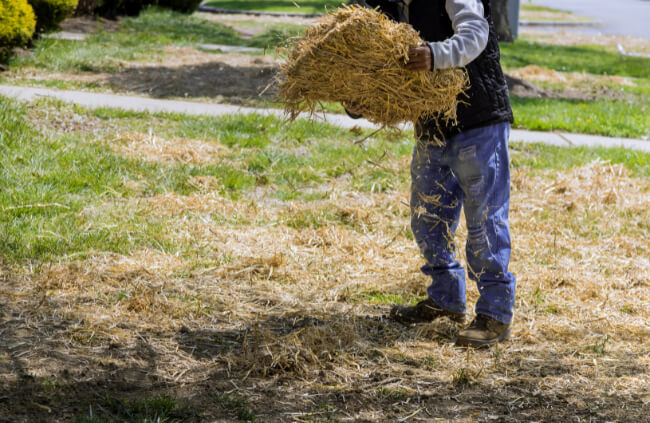
- Lucerne Hay: comes from mown alfalfa pastures. It offers great nitrogen benefits as it breaks down and is usually weed-free.
- Meadow Hay: is more likely to come from any pasture growth rather than a specific crop. It could be a combination of grasses or feed crops and usually contains weed seeds so is not best as a straw mulch. This type of hay is best composted before being applied to the garden and is often considerably cheaper.
- Oaten/Cereal Hay: comes from the stubble of cereal crops. This too is likely to have few weed seeds although it may still contain grain seeds which can easily sprout if applied to a garden bed.
How to Use Straw Mulch
Most straw is sold in bales and can be broken off and applied in square chunks. This is helpful as it gives you a measure for how thick they should be (2-4 inches is best) and a garden bed should only require one application per year.
To make your straw a feeding mulch that suppresses weeds at the same time apply sheets of newspaper – between 5 and 10 – and then cover with sheep manure before covering with the straw. Then deeply water this in so that it starts to break down and feed your garden bed.
If you want to get the most out of your straw, try straw bale gardening first. Then when the bales have had a season of providing a growing medium for your plants, use them for your garden beds as a straw mulch.
Published on June 5, 2023 by AGT
Last Updated on October 23, 2023

